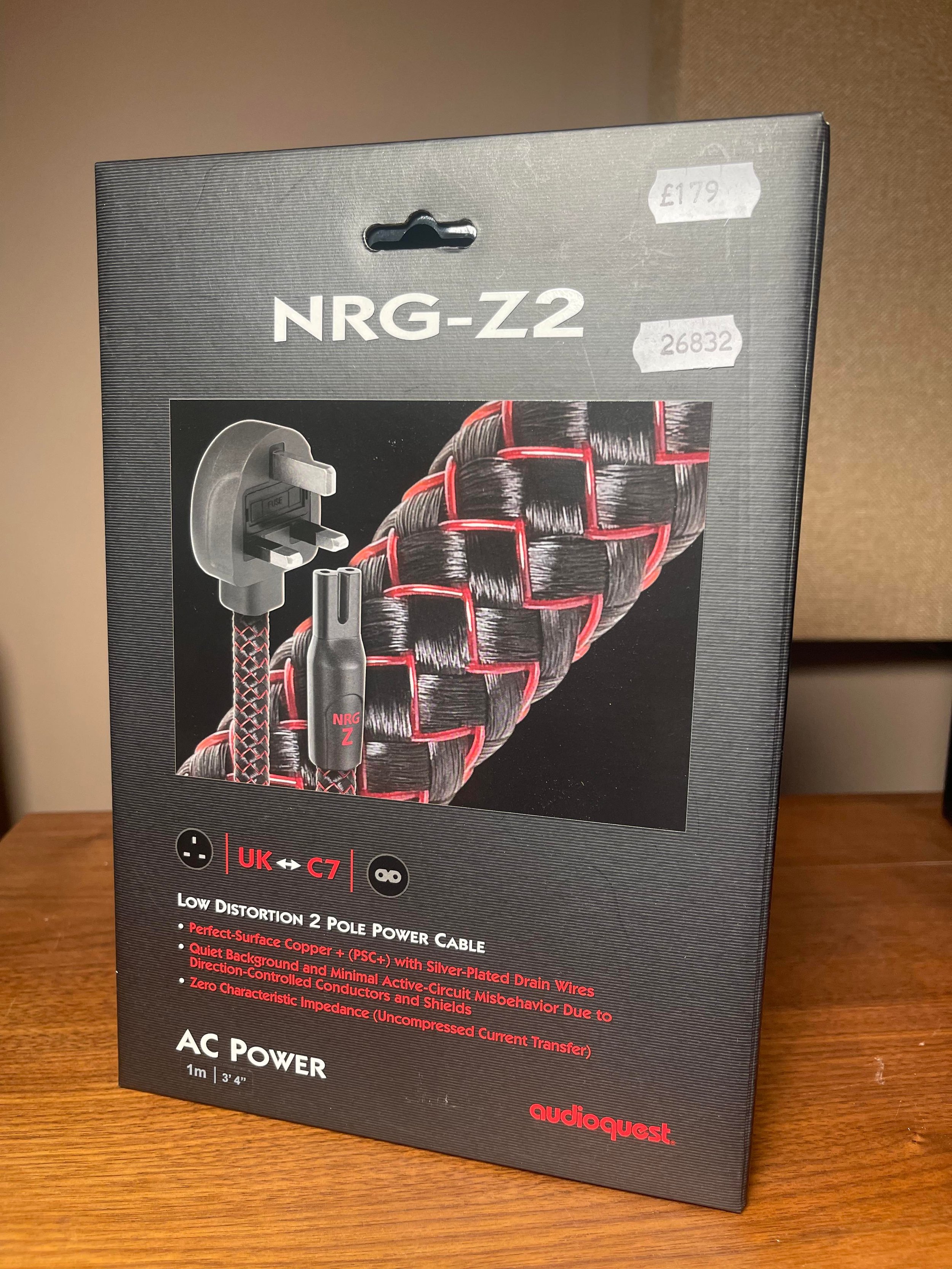The ‘Quest’ to discovering cables - Exploring AudioQuest cables and how they can improve your system
/One of the most common questions amongst Hi-Fi and Home Cinema enthusiasts is, “Do cables make a difference to my system?”. Some are adamant that they can’t hear any differences between various grades or ranges, others are insistent of the exact opposite, that cables can make or break the way a set-up sounds. One thing is for certain though - there are plenty of cable manufacturers out there, all of which spend countless months researching the best combination of metals & materials to use to create the best cables. During this article, I’ll be looking at AudioQuest and discussing their cables and the different core metal wirings used to find out how this affects their conductivity and overall quality.
The Quest to AudioQuest
AudioQuest was founded by William (Bill) Lowe (also CEO) in 1980, just two years after he had started making cables at his one-man Hi-Fi shop. With their headquartering in Irvine, California and offices in the Netherlands, they have become a leading developer, manufacturer and distributor of high-end AV products and custom-install solutions over the last 40 years, distributing to approximately 65 countries throughout the world.
Bill discovered how easily influenced a system was by the quality of cables during the early days of his Hi-Fi career, and through successful experimentation, he founded AudioQuest to create new and innovative wires, connectors and accessories.
“Everything I’ve learned about hi-fi or cables is purely the result of being interested in getting high on music.”
The Four Elements. But they’re not Earth, Water, Air and Fire…
AudioQuest describes their design philosophies and foundational materials with the Four Elements:
Solid Conductors
Directionality
Noise-Dissipation
Metal Quality
If you’d like a more indepth read about these elements, you can check them out Here (Page 5).
What’s in a name?
The naming of the cables may seem a bit strange - cable types often fall under a group of “something”. For example, the interconnects are all named after Bridges & Falls - Tower, Evergreen, Golden Gate, Big Sur, Sydney, Yosemite and Angel, and Subwoofer cables are named after dog breeds - Black Lab, Greyhound, Irish Red, Boxer and Husky.
Other cables are named after popular indulgences from around the globe, like Forest, Pearl, Blueberry, Vodka and Diamond, and these names are used for multiple cable types (HDMIs, Ethernets, Digital Coaxs etc.).
Then there’s heroes of folklore (Robin Hood & William Tell) and Mythical Creatures (ThunderBird, FireBird & Dragon), which are two groups of speaker cables as well as Rocket and others.


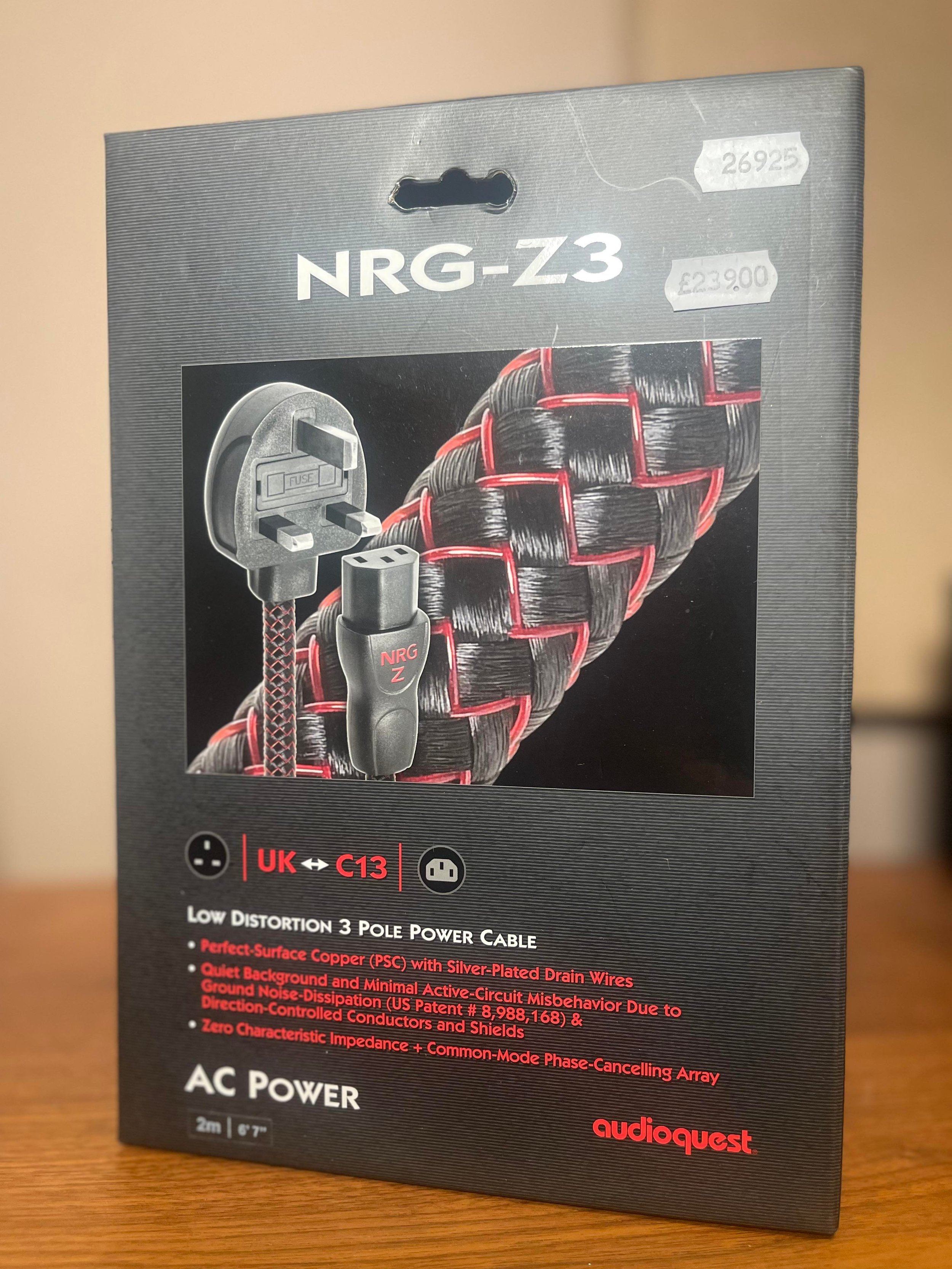


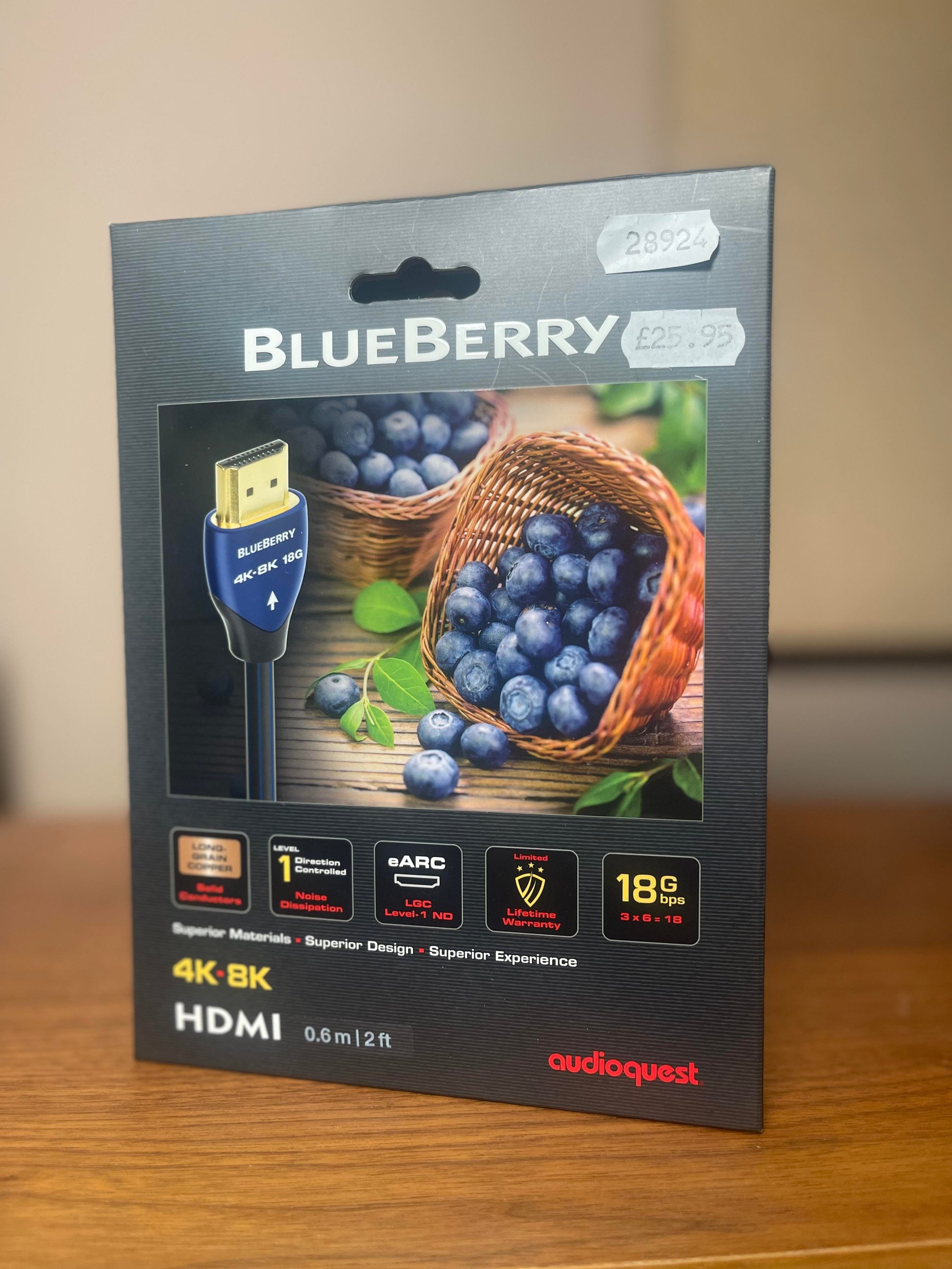
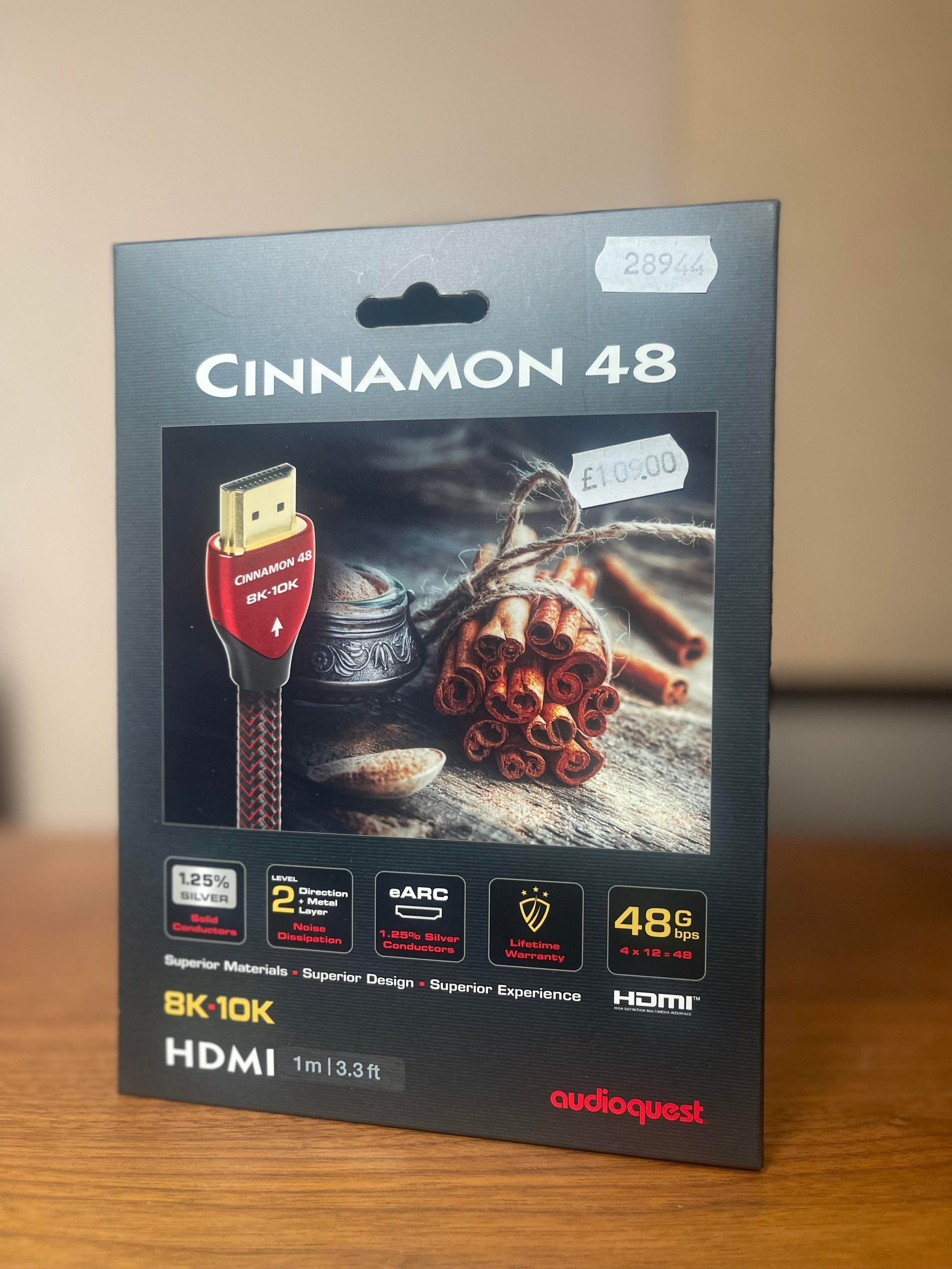
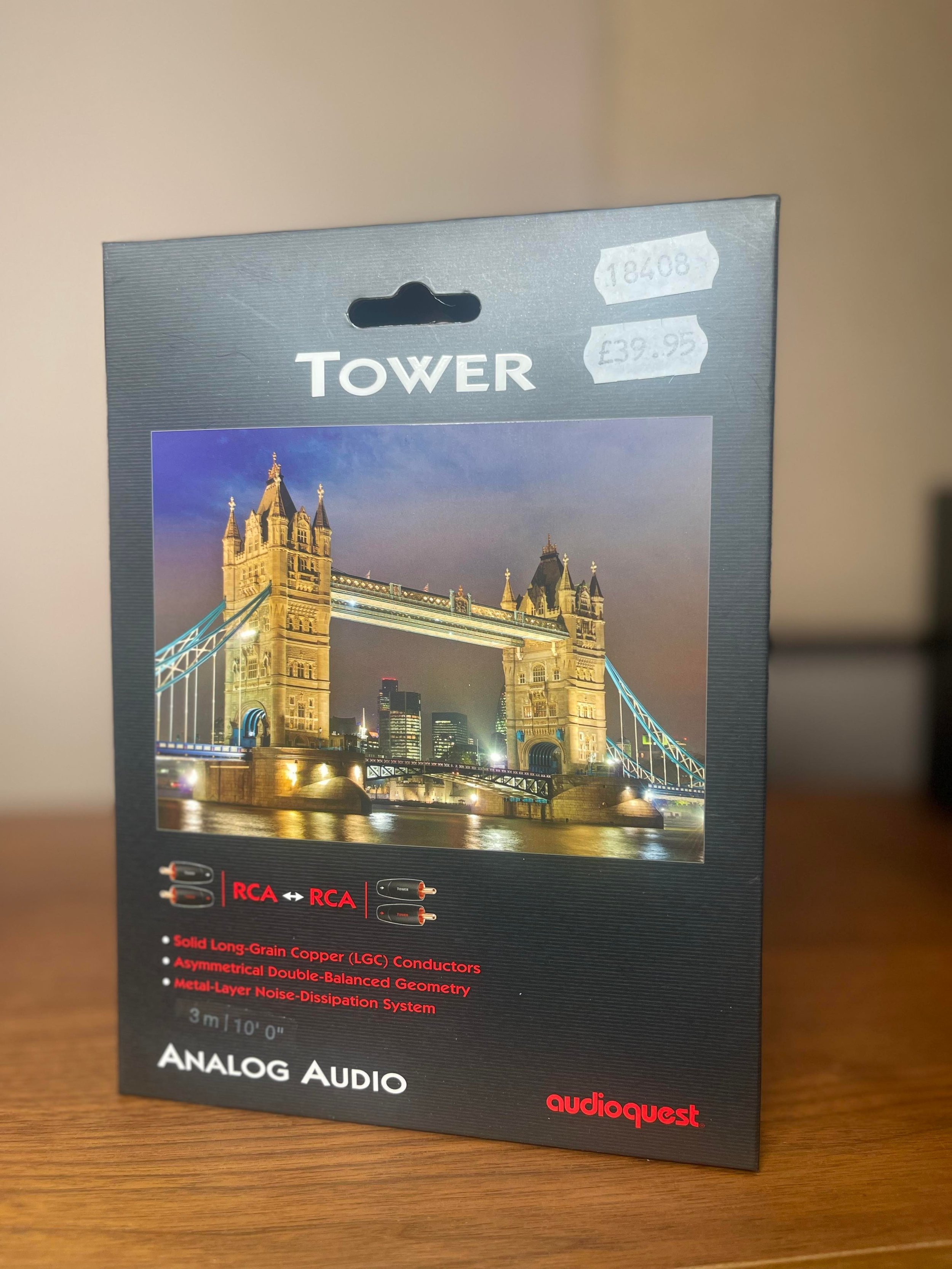
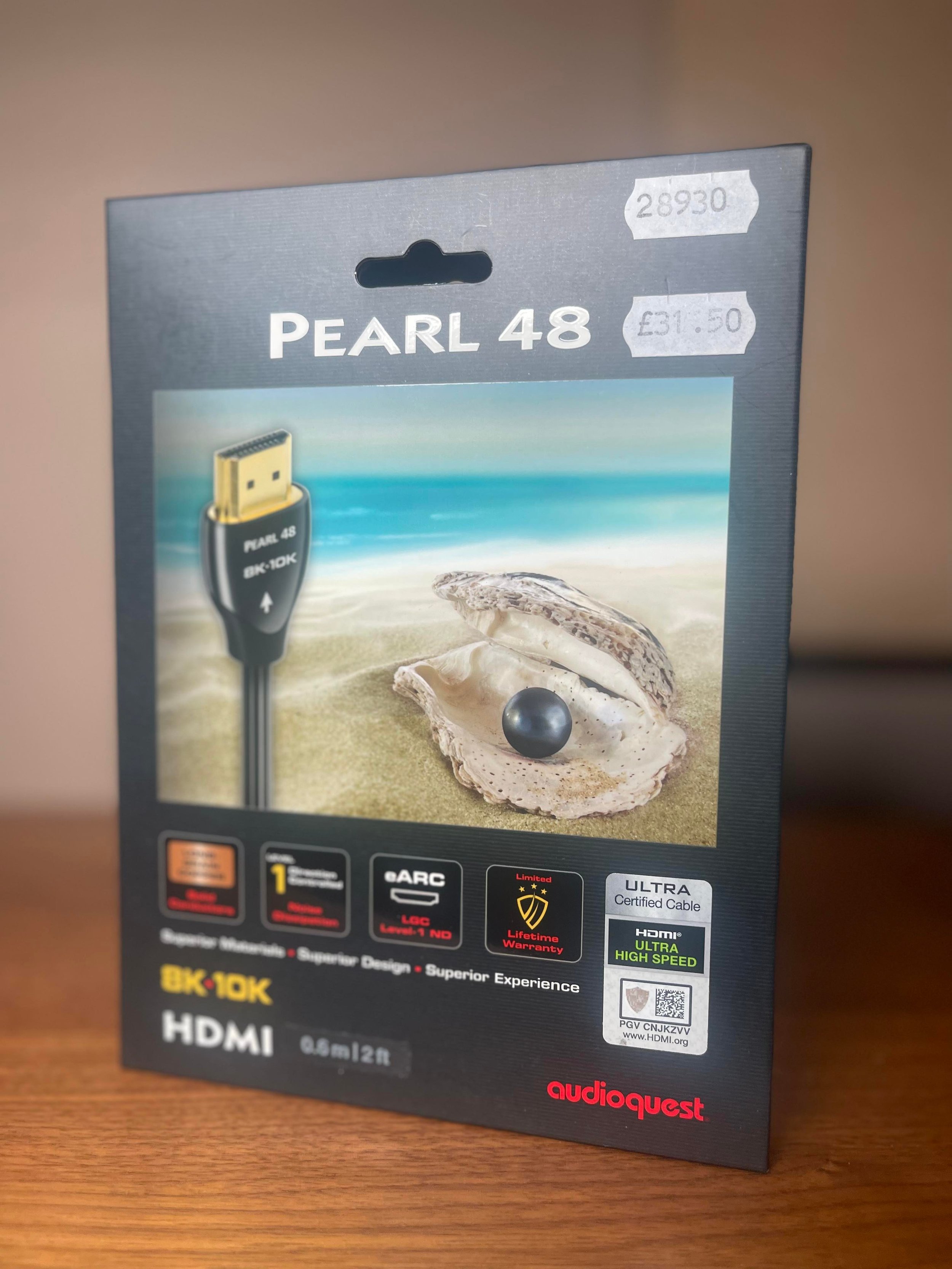
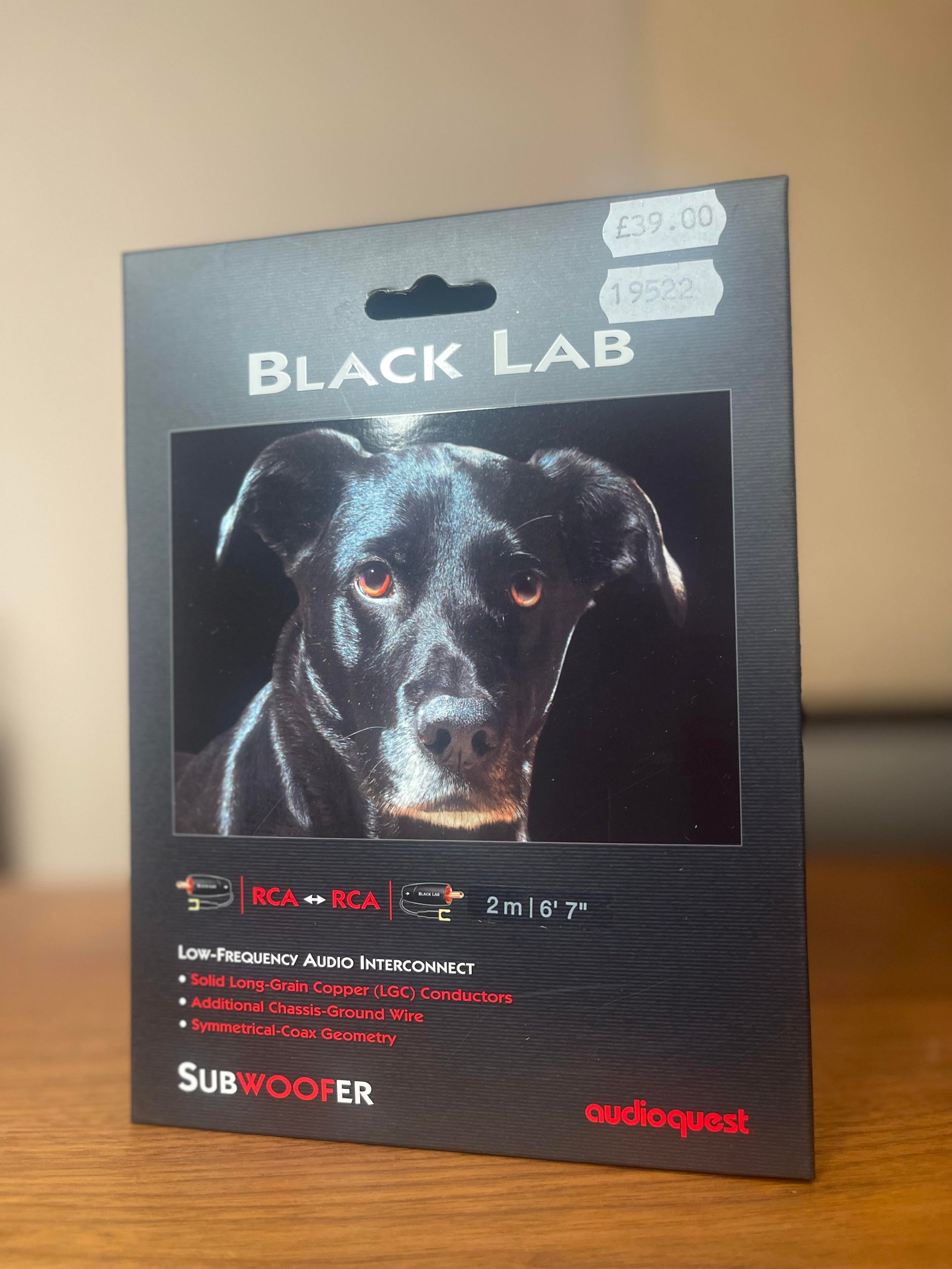

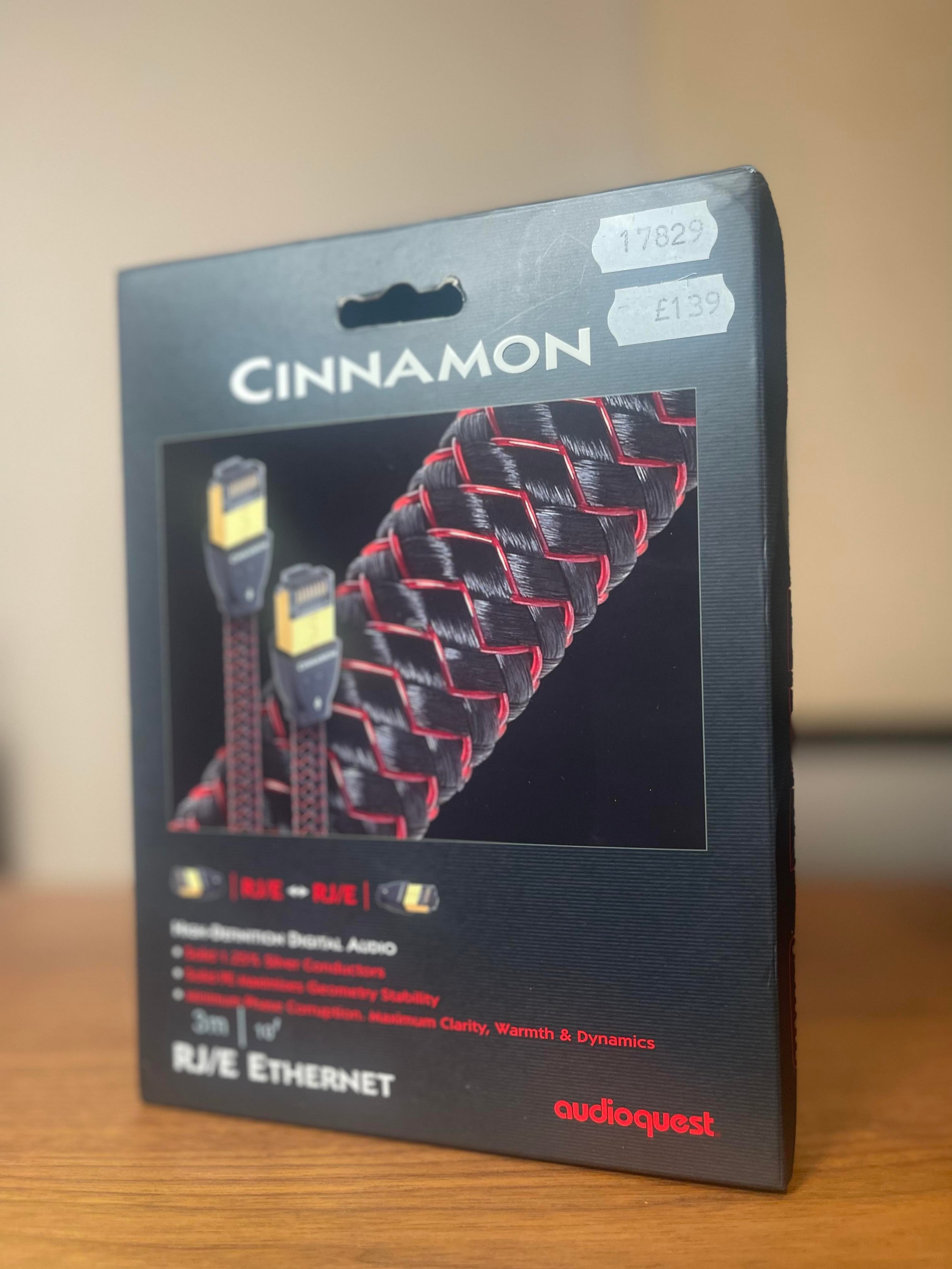
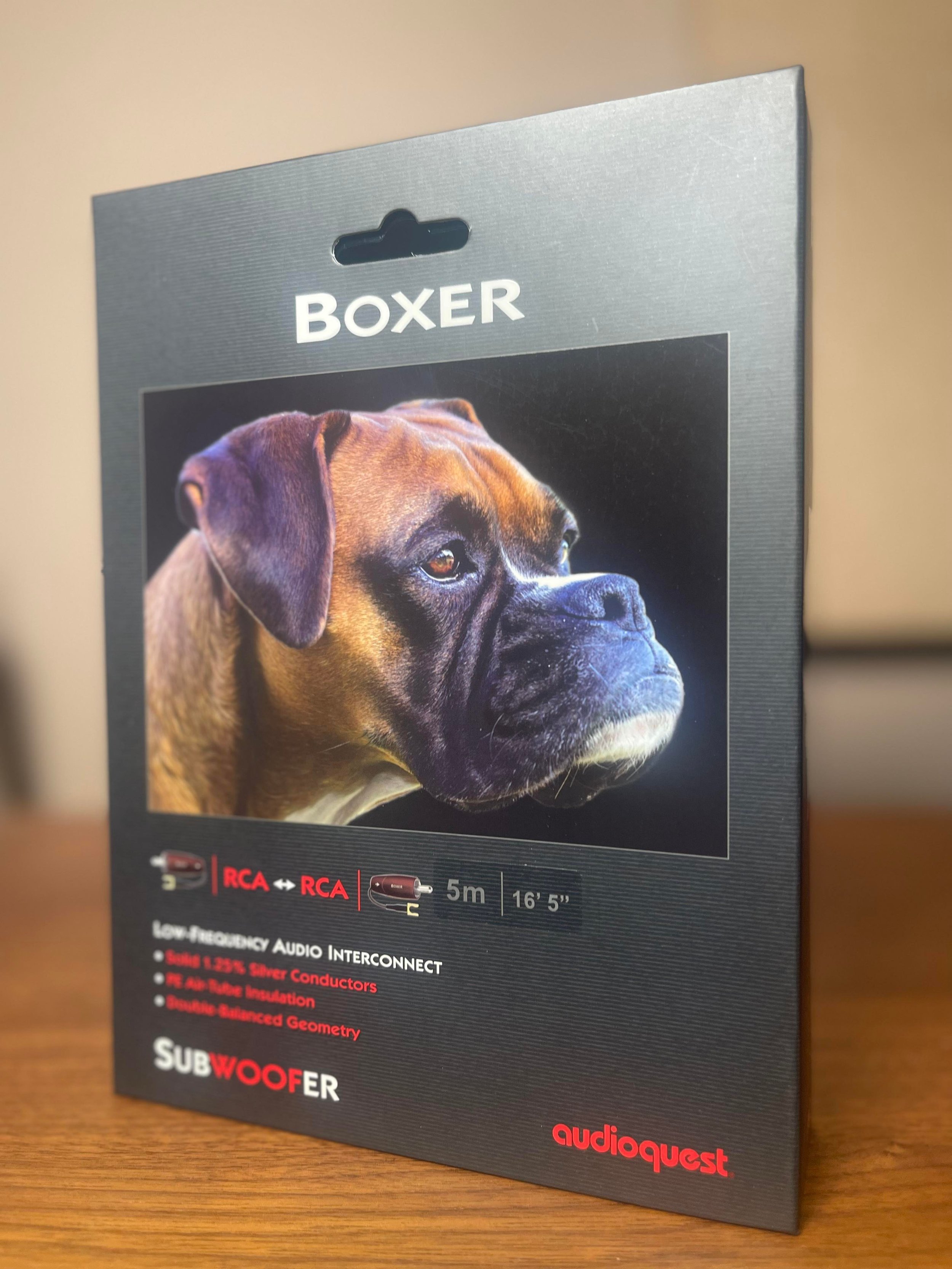
So now we have a basic understanding of the cables and names, but what makes them differ from one another? How do we know which cables are improving in conductivity? This is where core metal wiring comes in.
Why does the metal core wiring matter?
There are other important elements that can improve a cable’s overall quality aside from core metal wiring, however for the sake of not over-complicating matters, we will be primarily focussing on how a cable’s conductivity is dependent on the metal used.
It goes without saying that the core metal wirings play one of the most important roles within the complexities of the cable’s structure. Different metals will have differing conductivity levels, so it’s important to have an understanding of this when deciding which cables to buy for your system.
Copper is often the preferred metal used in cables for a few reasons: its high conductivity levels; its inexpensive price; its thermal resistance; and its ductility. Check out Monroe Engineering’s blog where they go into more detail about this.
Pure Silver is proven to be the best conductor of electricity, however is seldom used due to it’s high cost. AudioQuest incorporate a lot of Silver into their products as they go up the range, so if the conductivity is improved, then surely upgrading cables will make a difference to how your system will sound? Let’s listen and find out.
The listening session
We split the session into three sections for each cable type:
The system used throughout was a Windows laptop running Roon with a USB > Ethernet adaptor > Apple Airport Express.
The experiment began with analogue interconnects:
Angel 3.5mm Male Mini
We listened to the same song with each cable type, listed in the order above, and all three of us noticed an improvement as they went up in the range. We followed a comparison system too; once we got to the last cable (typically the best of the group), we’d go back and listen to the first cable - this is where we really heard just how much the cables improved the quality of what we were listening to.
Starting with the interconnects, despite being entry-level the Tower sounded great, lots of clarity and very smooth - easy on the ears for sure. As we progressed through the cables, this clarity and smoothness improved massively, especially when we reached the Angel cable which is made of Solid PSS (Perfect Surface Silver AKA pure Silver). The stunning quality this cable provided so effortlessly was unbelievable, particularly heard once compared with the Tower.
Following on, we had a play around with the ethernets, and admittedly there was more scepticism around them, purely because we live in such a wireless world and weren’t sure what we were listening for. Pearl was up first, showing us it’s ability to seamlessly carry lots of information from the system to our ears - the music’s sharpness was undeniable. Again we followed the system of going up the range, where more and more Silver is used in the core metal wiring for this cable type. As we got to Diamond, the top in the range made from 100% PSS, we were hearing things in the music that we weren’t aware of beforehand. We then went back and comparatively listened to both the Pearl and the Diamond, which confirmed our findings.
Finally, it was the AC power cables’ turn. We listened to a choir track for this round, which enabled us to really gauge the capabilities of a power cable. The NRG-Z2 was first; the beauty of a choir is all the different voices you can pick out amongst them, and this particular cable made that really easy to do. There was a great deal of clarity amongst the vocals, but it didn’t sound clinical; it sounded full-bodied, as though they were almost in the room with you. We progressed to the NRG-Z3, and it was at that point that the choir felt as though it was in front of us. The vocals were brought to the forefront, giving us the ability to pick out more voices than before. The sound-stage grew immensely, with those vocals all around us rather than in front of us.
So, what’s the verdict?
Purely from a scientific point of view, the question “Do cables make a difference to my system?” can be answered as a yes, absolutely. Improving the conductivity by incorporating more and more silver into the core metal wiring, which is proven to be the best electricity conductor, will definitely make a difference in how those electrical signals pass through one part of your system to another. That being said, it is definitely recommended that one listens with their own ears to draw their own conclusions, and what better way than to come in and listen for yourself?!
Thanks for reading
Elena, John & Jason – Audio T Enfield
If you have any questions about any of the equipment featured in this article, or any other Hi-Fi or home cinema enquiries, be sure to Contact Us.
If you’ve enjoyed this, why not go ahead and read some more of our other blogs, and be sure to follow us on our social media channels below…
AudioQuest can be found at the following Audio T stores:







